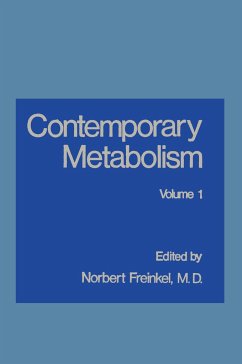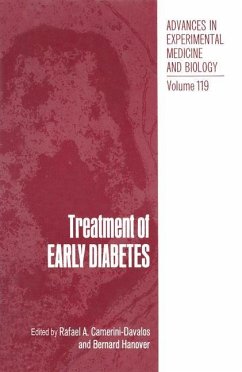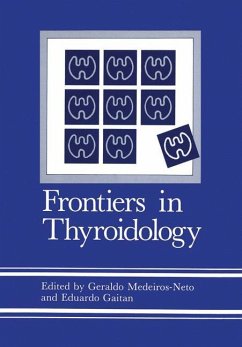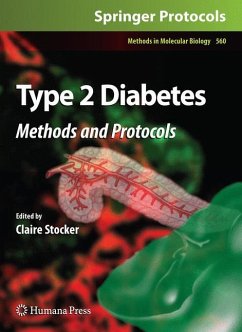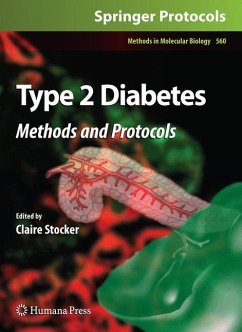
The Year in Metabolism 1975-1976

PAYBACK Punkte
20 °P sammeln!
It is unclear, and really no longer relevant, whether the information explosion that we now contend with has been fostered by the growth of specialization and subspecialization in medicine, or vice versa. What is clear is that the two are mutually supportive and constitute what would be in endocrine parlance a short-loop positive feedback system. As a result, for most areas of medicine, even the subspecialist in that area has a problem in maintaining currency, the more general specialist has substan tial difficulty in doing so, and the generalist is tempted to abandon the effort altogether. Ne...
It is unclear, and really no longer relevant, whether the information explosion that we now contend with has been fostered by the growth of specialization and subspecialization in medicine, or vice versa. What is clear is that the two are mutually supportive and constitute what would be in endocrine parlance a short-loop positive feedback system. As a result, for most areas of medicine, even the subspecialist in that area has a problem in maintaining currency, the more general specialist has substan tial difficulty in doing so, and the generalist is tempted to abandon the effort altogether. Nevertheless, for all, both the internal pressures of conscience and self-esteem and the external pressures generated by peer review, recertifi cation, and subspecialty boards create the need for continuous self-educa tion. We are, therefore, in an era in which the means of dissemination of new information deserves as much creative attention as does its acquisition.






